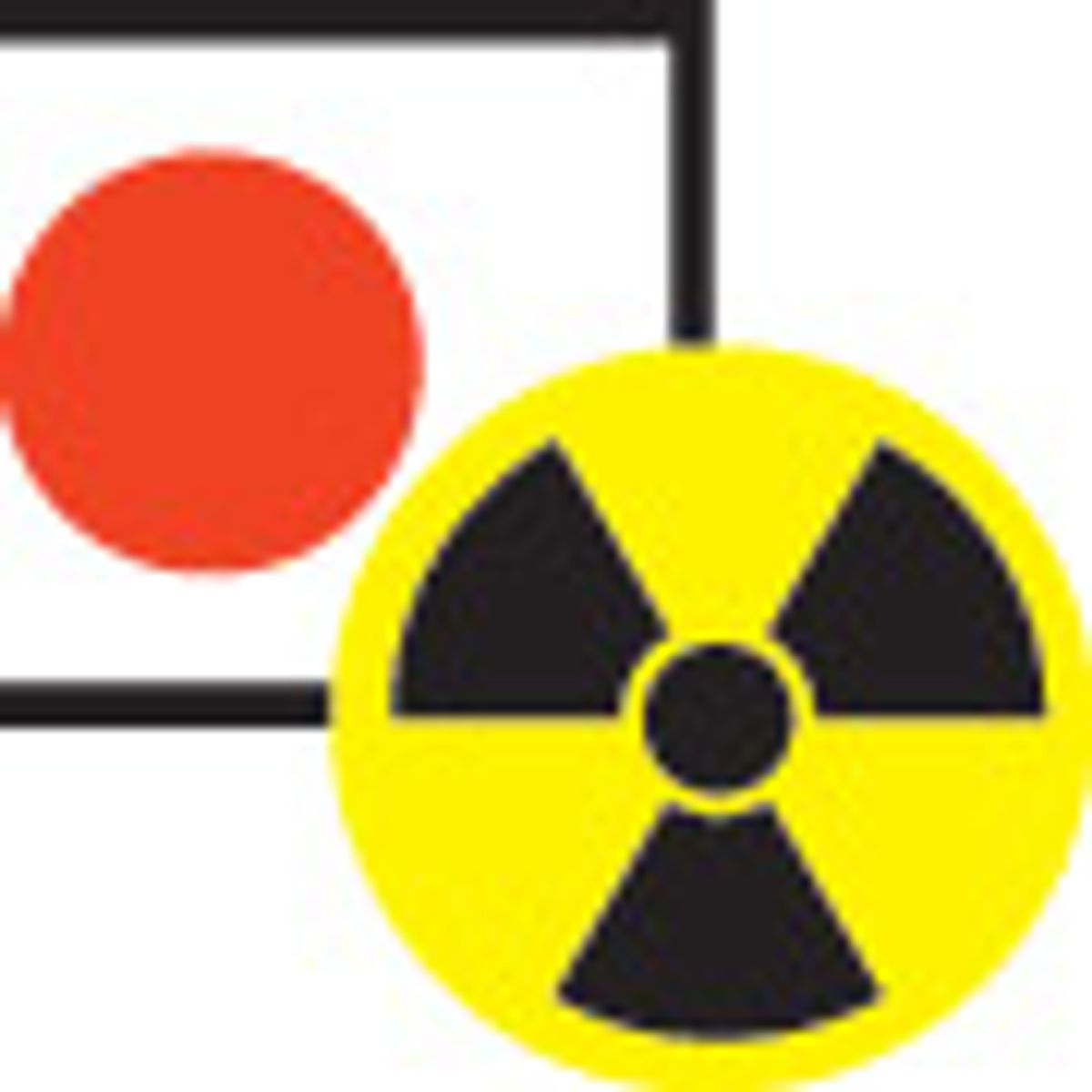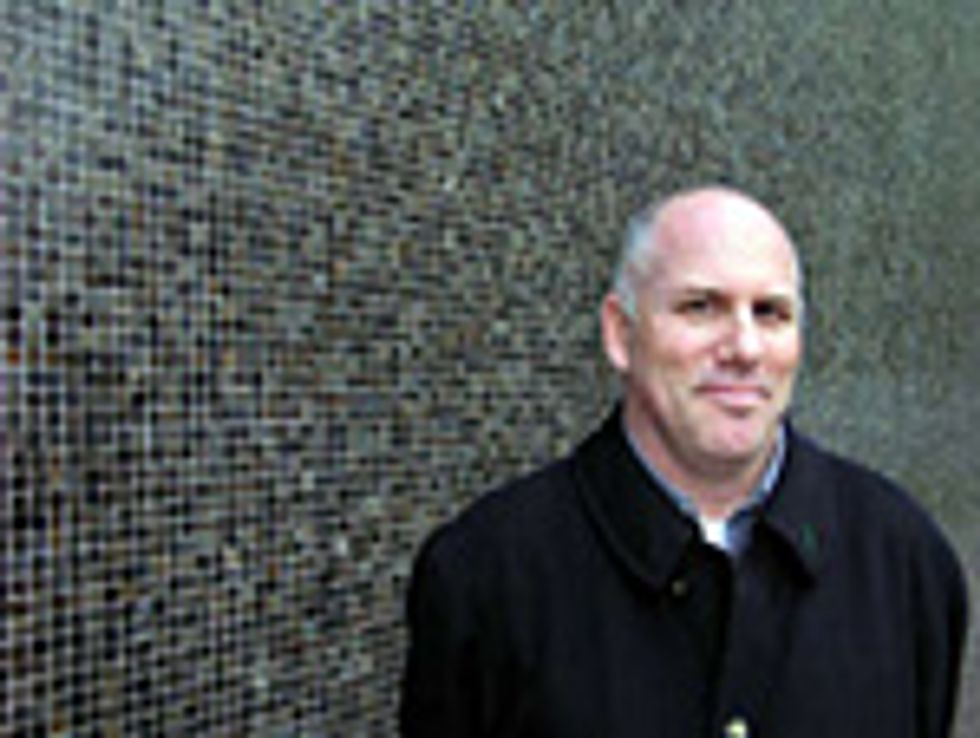Editor’s note: This is part of our ongoing coverage of Japan’s earthquake and nuclear emergency. This column expresses the opinion of the author and not the position of the IEEE.
Diablo Canyon, home to Pacific Gas & Electric Co.’s lone nuclear power plant, is thousands of kilometers away from Japan’s Fukushima disaster, but the vast Pacific isn’t vast enough to prevent technology critics from insisting that these two sites share ominous traits.
The Diablo Canyon Power Plant sits on a bluff just above the Pacific Ocean, not far from San Luis Obispo in central California, a few miles from the offshore Hosgri Fault and only a mile from the recently discovered Shoreline Fault. Operational since 1985 and contributing 20 percent of PG&E’s total electricity output, the Diablo plant seemed a sure bet to gain a license renewal from the U.S. Nuclear Regulatory Commission (NRC)—until Fukushima. In the wake of an unprecedented and unimagined tsunami on 11 March, which sent waves above Fukushima’s seawall, Diablo Canyon has received its fiercest criticism since 1981, when opponents of nuclear power and the plant’s peculiar location nearly succeeded in closing it down.
Diablo’s Unit 1, with a generating power capacity of 1122 megawatts, and Unit 2, with 1118 MW, are licensed by the NRC until 2024 and 2025, respectively. PG&E was so eager to renew the plant for another 20 years that the company first asked the NRC to do so in 2009. Typically, license renewals take years to complete, but to date, the NRC has approved every single request. Most recently, the NRC approved a license extension for the Palo Verde complex in Arizona, the nation’s largest. PG&E had every reason to think Diablo would get renewed as well.
Fukushima has changed the equation. Could a tsunami, triggered by an earthquake, swamp Diablo and set off a chain of events that would result in a disastrous series of radiation leaks? The question is worrying partly because the new Shoreline Fault near the plant was discovered in 2008. PG&E, in agreeing to delay its renewal application last month, says scientific studies of the fault could take until December 2015 to complete.
California state senator Sam Blakeslee, who trained as a geophysicist, had demanded that PG&E perform those studies before Diablo’s operating licenses could be renewed. He wrote a bill in 2009 that would have forced PG&E to conduct the studies, but it was vetoed by then governor Arnold Schwarzenegger.
Now Fukushima has dramatically reopened the question of Diablo’s future. I happen to be in favor of license renewal for Diablo, but study and review in a considered manner must be taken in this important post-Fukushima test case. First, the NRC must show independence from the commercial power industry; too often the regulator has set safety concerns against the importance of electricity generation. A recent article in The New York Times provided a timely reminder of the tendency for regulators to get cozy with the power industry. Because of Diablo’s sensitive location—and the rather striking parallels with the Fukushima site—the NRC should do more than usual in reviewing the technological and environmental challenges posed by the problem of adequately assessing risks in a highly complex situation.
There’s also a stubborn social consideration. California is famous for its scenic beauty, and a major element in the state’s aesthetic appeal is a fabulous coastline, enormously popular and densely populated. The stakes, in short, are very high. Diablo simply cannot fail. Human stewards of these two nuclear reactors, therefore, must not falter in their commitment to preventing anything approaching a Fukushima disaster here.
To be sure, Japan’s disaster helps by raising the bar on the imaginable. Quietly but persistently, managers of nuclear plants around the country are reviewing their safety standards. PG&E surely is doing the same—and surely because improvements are often easily identified. After all, PG&E discovered in March that a system to pump water into one of their reactors during an emergency wasn’t working. It had been accidentally disabled by the plant’s own engineers.
Three years ago, Diablo experienced another weird occurrence: A smack of moon jellyfish drifted into the Diablo Canyon Power Plant’s cooling system on 21 October 2008. Sharon Gavin, a PG&E spokesperson, said the jellyfish were each about as big as a human head. Although they caused no damage to the plant, the clog triggered an automatic safety system that forced operators to shut down one reactor and reduce the other reactor to half power.
Plant operators were not aware of the cause when water pressure numbers began to spike. Dive teams had to explore the cove that supplies the system with water to discover that the source of the problem was the jellyfish. Gavin could not estimate how many jellyfish had jammed the screen. The NRC described it as "a rapid influx of jellyfish" that flooded the system at 8:51 p.m. Gavin said that plant operators plan for increased ocean debris after high winds but that jellyfish have never been an issue. "This is really an abnormality," she said.
Unexpected "abnormalities" are another way of conceding that nuclear reactors, sitting near faults on the Pacific Ocean, are complex sociotechnical systems that are not yet fully comprehended. The gaps in human understanding of human-built tools and systems, combined with the inherent hazards of some of these tools and systems, stand as a limit on the human embrace of technological systems, of which nuclear power is one. In questioning our embrace of nuclear power, we need not accept calls to close down Diablo Canyon, either now or at the expiration dates looming on the horizon. Yet we still can ponder the imponderables, as Langton Winner, one of the most thoughtful scholars on technological change and the human condition, did 25 years ago when visiting Diablo, which happens to be sited near his childhood home.
Winner recounted the day he visited in his book The Whale and the Reactor: A Search for Limits in the Age of High Technology, published in 1986. He saw a whale in the waters beyond the two reactors and was prompted to write: "Here were two tangible symbols of the power and nature of human artifice: one an enormous creature swimming gracefully in a timeless eco-system, the other a gigantic piece of apparatus linked by sheer determination to the complicated mechanisms of technological society. The first offered an image of things as they had always been, the other an image of things as they were rapidly coming to be. I realized that somehow I’d gotten caught in the middle."
As humans, we live in a middle zone between our built world and the natural nonhuman world, which interact in surprising ways. The very same ocean that supports magnificent whales, for instance, contains the potential energy to overwhelm Diablo’s defenses, and with awful consequences. We do not need to agree with Winner that Diablo is "a hideous mistake" in order for us to be humbled by the complexity of the world we have constructed. Diablo is only one of the most extreme examples of this complexity. And so policymakers and electricity users alike are condemned to face a future where nuclear power will inevitably be a part of life but the terms of our engagement remain ours to negotiate, and renegotiate, as times and circumstances change.
About the Author
G. Pascal Zachary is a professor of practice at the Consortium for Science, Policy & Outcomes at Arizona State University. He is the author of Showstopper!: The Breakneck Pace to Create Windows NT and the Next Generation at Microsoft (1994), on the making of a Microsoft Windows program, and Endless Frontier: Vannevar Bush, Engineer of the American Century (1997), which received IEEE’s first literary award. Zachary reported on Silicon Valley for The Wall Street Journal in the 1990s; for The New York Times, he launched the Ping column on innovation in 2007. The Scientific Estate is made possible through the support of Arizona State University and IEEE Spectrum.



